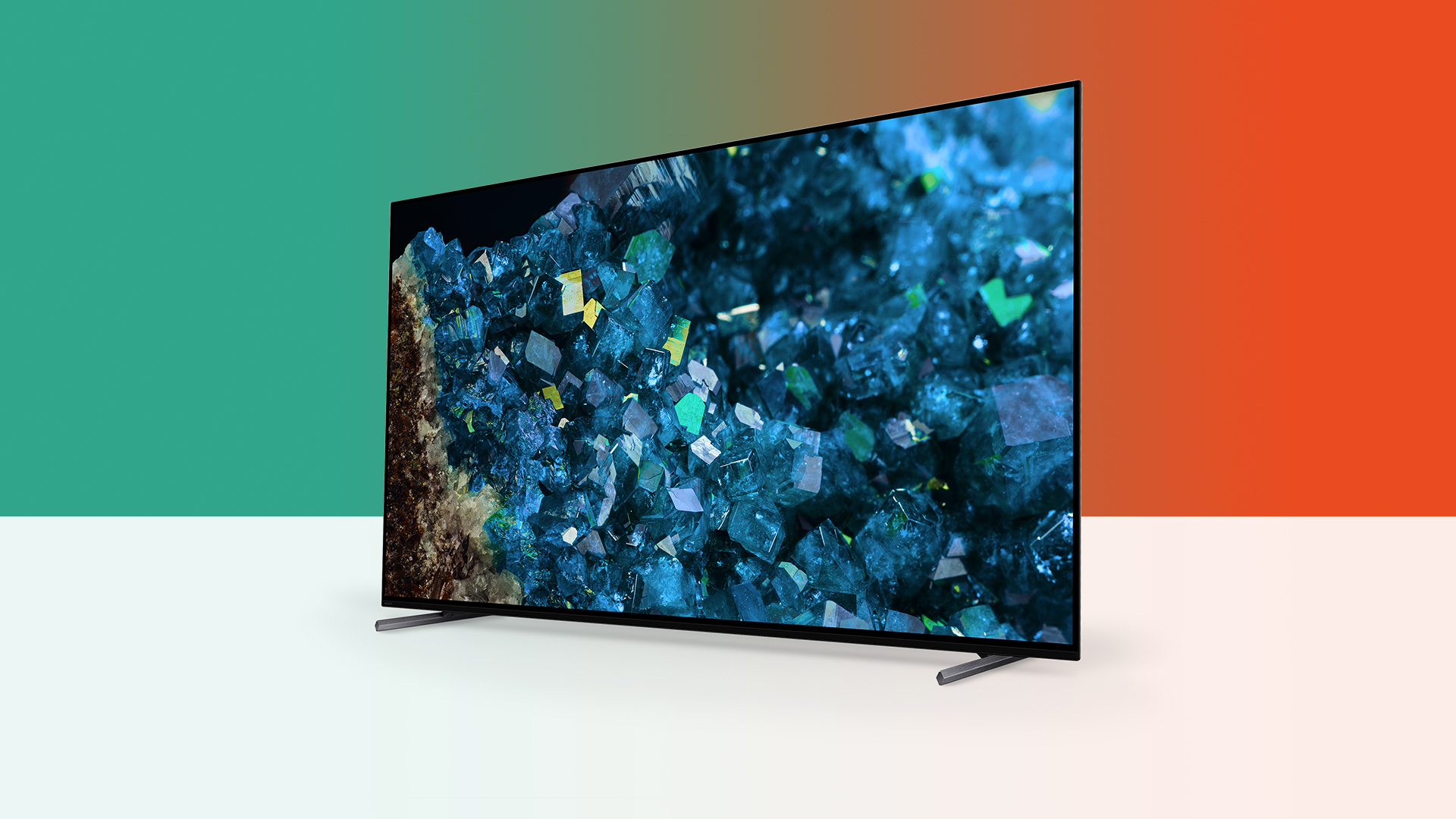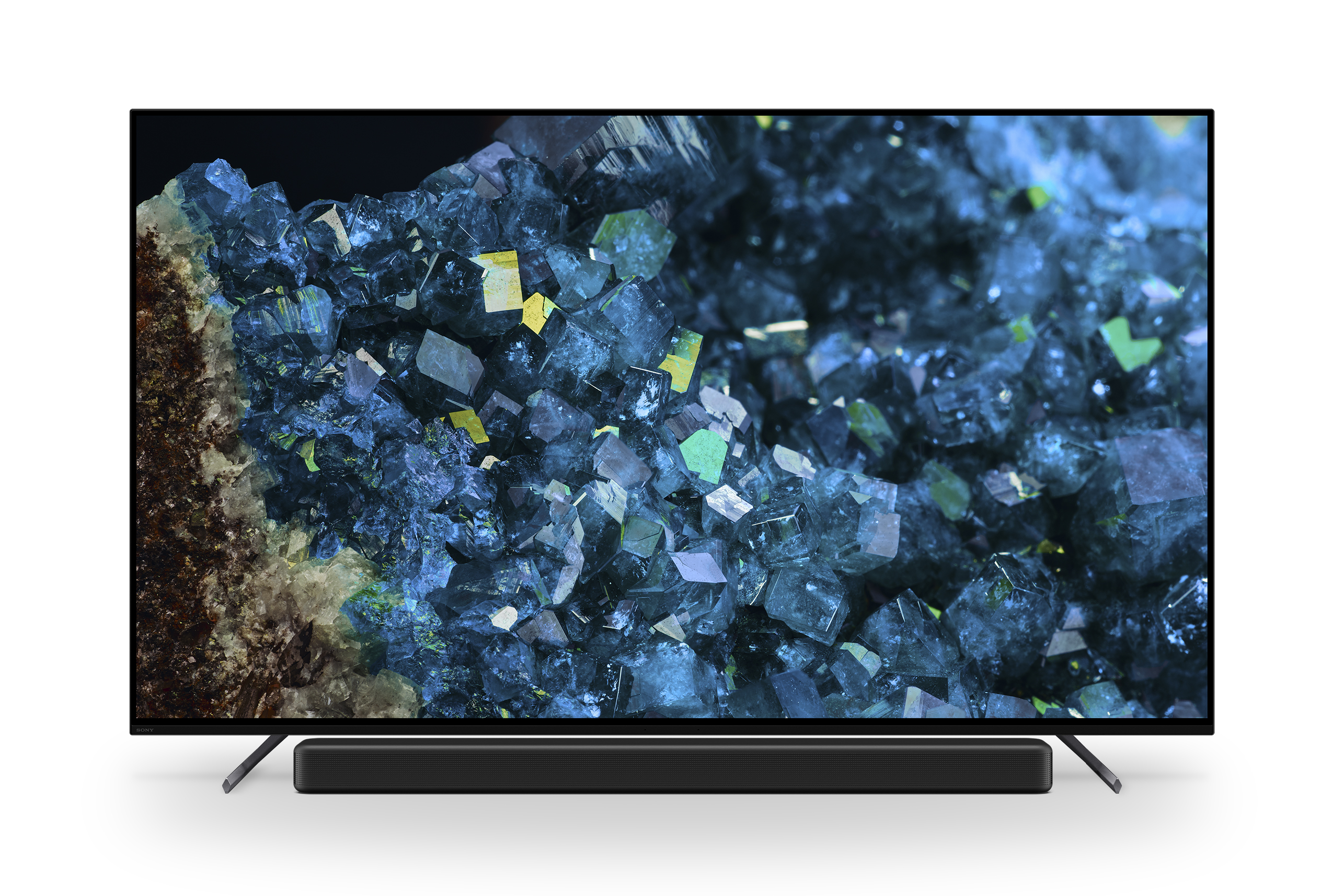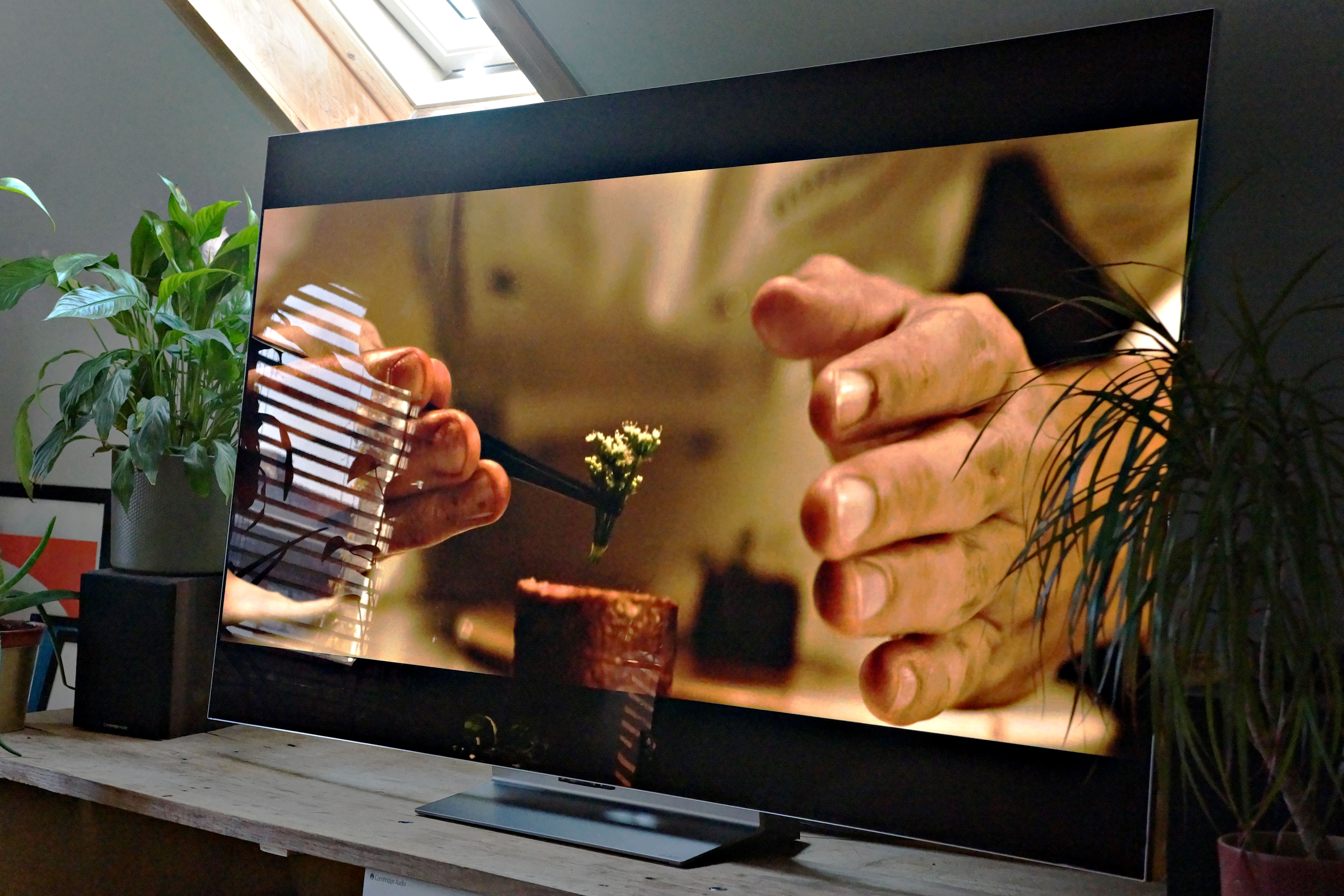Why the Sony A80L OLED TV proves that brightness really isn't everything
OLED's diversity is its strength

When your entire working life is essentially an obsession with hunting down and checking out all the latest cutting-edge technologies taking over our home and working lives, it’s all too easy to become dismissive of established technologies that might have been made to look ‘old’ by the arrival of some exciting new kid on the block.
Fortunately, though, every now and then one of these supposedly suddenly outdated products comes along to remind us that established technologies can still have a very important part to play in the home entertainment landscape. The Sony A80L is one of those products.
This mid-range Sony OLED TV arrives in 2023 in the shadow of not one but two exciting new OLED technologies: LG’s new Micro Lens Array (MLA) system, as sported by its spectacular LG G3 series, and the second, much-improved generation of Samsung’s Quantum Dot OLED technology, as carried by the equally spectacular Samsung S95C (and, actually, Sony’s own upcoming A95L range).
These genuine OLED game-changers have overnight raised the question of whether TVs that use the old-style WRGB OLED panels we’ve been seeing appearing with relatively minor evolutions over the past decade can still cut it among the best OLED TVs. But I'm happy to say that the Sony proves they very much can.
At first glance, the A80L really does look like it’s going to struggle to make its voice heard in 2023’s brave new TV world. Its traditional WRGB OLED panel configuration doesn’t even boast a heat sink element to help it potentially boost its brightness (like the Panasonic MZ1500 does), never mind either of the new MLA or QD-OLED technologies.
It does at least use one of the so-called EX panels introduced in 2022 to deliver a mild brightness boost over previous WRGB OLED screens, but the impact of this is much more restrained than the massive brightness leaps delivered by the MLA and second-gen QD-OLEDs.
What’s more, with the exception of a pretty horrible (and as such, totally out of kilter with everything else the TV does) Vivid picture preset, the A80L’s set up actually deliberately shows less interest in brightness than really any of its mid-range peers.
Sign up for breaking news, reviews, opinion, top tech deals, and more.
While this caused a flicker of short-lived disappointment when I first started exploring the A80L’s capabilities, it didn’t take long before I started to appreciate what Sony was getting at.
Not so bright

The key to understanding what makes the A80L tick is accepting that while brightness is undoubtedly important in today’s high dynamic range TV world, it’s not everything. The A80L takes a more holistic approach to picture quality, seeking to achieve such a perfect balance across all the many different elements of TV imagery that you end up with a uniquely refined, natural and immersive experience.
So, for instance, the A80L is more about light control and management in the way every pixel in an image interconnects with its neighbors than it is about simply pumping out as much light as possible. Its color rendering is less about pumping out the boldest saturations possible, and more about delivering the infinitely subtle tonal adjustments necessary to avoid the banding and blocking artefacts that affect so many less refined TVs – even including many of the best TVs.
What’s more, while the A80L is clearly much less bright than the LG G3 and Samsung S95C (it measures only around 60% as bright as those new premium TV stars in peak bright areas, in fact) the gorgeous immersive quality of its pictures proves that how effectively light is applied and controlled can be as important to a convincing HDR experience as pure brightness. Especially for home theater fans looking for dark-room movie night experiences where a screen has been tuned, like the A80L, to get as close as it can to the look of the current generation of professional monitors being used in content mastering studios.
The A80L is also outstanding at delivering dark scenes with exceptional amounts of perfectly balanced shadow detail and minimal noise, avoiding the slightly stark, empty, crushed, ‘fizzy’ look dark scenes can have on more aggressive OLED displays.
The A80L’s color finesse and light control help it deliver some of the very sharpest, most detailed 4K pictures I’ve seen on a 65-inch too, offering another reason to lap up its appreciation for the smallest, finest things in TV picture quality.
Much of the A80L’s prowess is down to the latest version of Sony’s Cognitive XR processor – especially its focus on trying to present images on screen with the sort of three-dimensional, object-based look that our eyes instinctively create when taking in the real world. This provides a potent reminder that any TV’s picture quality is as dependent on the quality of its image processing as it can be on the capabilities of its hardware.

I'm not trying to say here that the Sony A80L is better than the LG G3 or Samsung S95C. It achieves unique levels of refinement and insight in some areas, for sure, but the extra brightness and color volumes unlocked by LG and Samsung’s new ultra-bright OLED technologies gives them their own unique eye-catching, bright room-friendly, next-generational attractions, too.
But there’s one final and perhaps most important reason why I say the new OLED technologies have merely expanded the OLED playing field rather than instantly putting the older OLED approaches out to pasture: price.
The 65-inch Sony A80L costs $2,499 / £2,499 / AU$3,995 at the time of asking, whereas the 65-inch Samsung S95C costs $3,399 / £3,499 / AU$4,995 and the 65-inch LG G3 costs $3,299 / £3,299 / AU$5,295.
So while the new MLA and second-gen QD-OLED technologies can definitely be said to have essentially already taken over the premium segment of the OLED TV market, ‘traditional’ OLED panels still clearly have a potent part to play at the more mainstream price points. And if the arrival of the new OLED approaches is already creating a situation where the sort of quality provided the Sony A80L is now filtering down to mid-range prices, then all we can say is that frankly the more OLED variations we end up with, the better.

John has been writing about home entertainment technology for more than two decades - an especially impressive feat considering he still claims to only be 35 years old (yeah, right). In that time he’s reviewed hundreds if not thousands of TVs, projectors and speakers, and spent frankly far too long sitting by himself in a dark room.